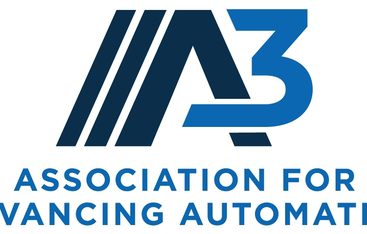Getty Each year, the IRS issues annual updates that impact the 401(k) and retirement planning arenas. Whether an increase in COLA (cost of living adjustment) limits or compensation limits for highly paid employees, these updates have an impact on both working-age and retired individuals. 2022 saw some of the most impactful legislative changes on record with the passing of the SECURE Act 2.0. Once signed into law, SECURE Act 2.0 drastically altered, among other factors, RMD (required minimum distributions) requirements, 401(k) enrollment processes, matching contributions on student loans and provisions that allow older workers to “turbo-charge” their retirement. RMDs typically account for about 4% of an individual’s tax-deferred retirement account on an annual basis. For an individual with $1,000,000 in an IRA, RMDs could be somewhere in the range of $40,000 per year. And failure to take an RMD could have severe consequences. Prior to the passing of SECURE Act 2.0, these penalties totaled 50% of the total RMD amount. Fast forward to SECURE Act 2.0 becoming law, and the age to start taking RMDs increased to 73, and the penalty for failing to take RMDs in a timely manner decreased to 25% of the total amount. Why it […]
K&X Design and Investment Technology, LLC
Invest The Invisible Impact
K&X Design and Investment Technology, LLC
Invest The Invisible Impact



